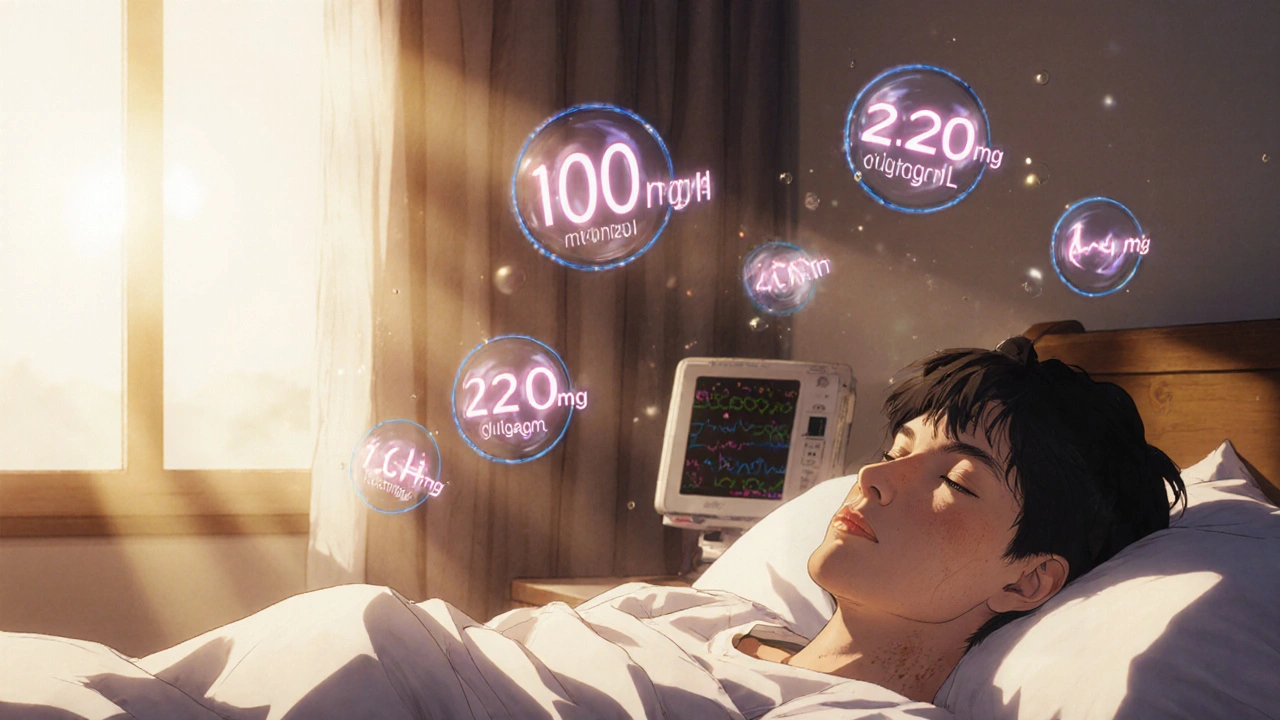Dawn Phenomenon: What It Is and How to Manage It
When your blood sugar rises in the early morning—despite not eating anything—you might be dealing with the dawn phenomenon, a natural hormonal surge that triggers the liver to release glucose. Also known as morning hyperglycemia, it’s not caused by poor diet or missed medication, but by your body’s own biology kicking in before sunrise. This isn’t just a nuisance for people with diabetes; it’s a real challenge that can mess with your daily control and long-term health.
The dawn phenomenon, a natural hormonal surge that triggers the liver to release glucose. Also known as morning hyperglycemia, it’s not caused by poor diet or missed medication, but by your body’s own biology kicking in before sunrise. This isn’t just a nuisance for people with diabetes; it’s a real challenge that can mess with your daily control and long-term health.
It happens because your body releases growth hormone, cortisol, and glucagon between 3 a.m. and 8 a.m. These hormones tell your liver to dump glucose into your bloodstream to prepare you for the day. For someone without diabetes, insulin kicks in right away to balance it out. But if you have type 2 diabetes, a condition where the body doesn’t use insulin properly or doesn’t make enough of it, that insulin response is delayed or weak. The result? Your blood sugar climbs while you’re still asleep.
This isn’t the same as the Somogyi effect, where low blood sugar overnight triggers a rebound spike. The dawn phenomenon is pure physiology—it’s your body doing what it’s supposed to do, just without the right tools to handle it. That’s why simply eating less at night or skipping your bedtime snack won’t fix it. You need to understand the timing, the hormones, and how your meds interact with them.
People using insulin, especially long-acting types, often notice this most. If your nighttime insulin dose wears off too early, or if your basal rate on an insulin pump is too low, the glucose surge goes unchecked. Even those on oral meds like metformin can still struggle with it. The good news? It’s predictable. You can track it by checking your blood sugar at bedtime, around 3 a.m., and right after waking up. If your levels are stable at night but jump by morning, you’ve got the dawn phenomenon.
Managing it means working with your doctor to adjust timing or type of medication. Some find switching to an evening dose of metformin helps. Others need a slight increase in basal insulin or a change to a longer-acting version. Newer GLP-1 agents like semaglutide can also help by improving overall glucose control and reducing liver glucose output. It’s not about more pills—it’s about smarter timing and better alignment with your body’s rhythm.
You’re not alone in this. Thousands of people with diabetes face the same early morning climb. It’s not your fault. It’s not laziness. It’s biology. But now you know what’s happening, and that’s the first step to taking back control. Below, you’ll find real-world guides on how others have tackled this—whether through medication tweaks, lifestyle shifts, or new tools that track and predict these spikes before they hit.

Dawn Phenomenon: How to Manage Morning Blood Sugar Spikes in Diabetes
Learn why your blood sugar spikes in the morning due to the dawn phenomenon, how to tell it apart from the Somogyi effect, and proven strategies to manage it with diet, insulin adjustments, and CGM technology.
